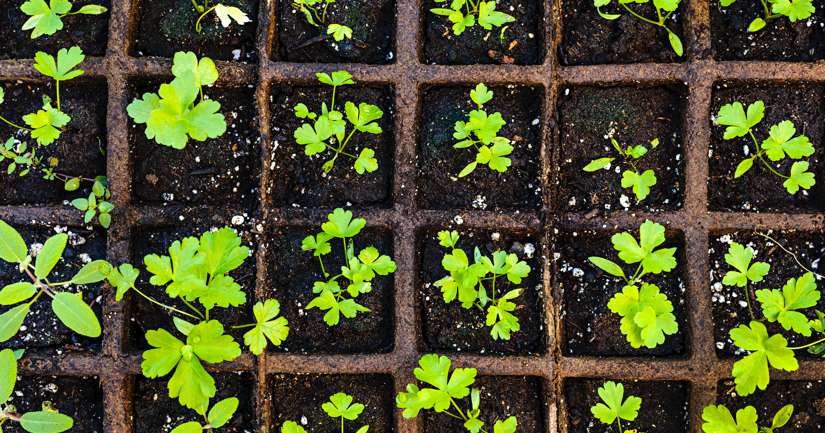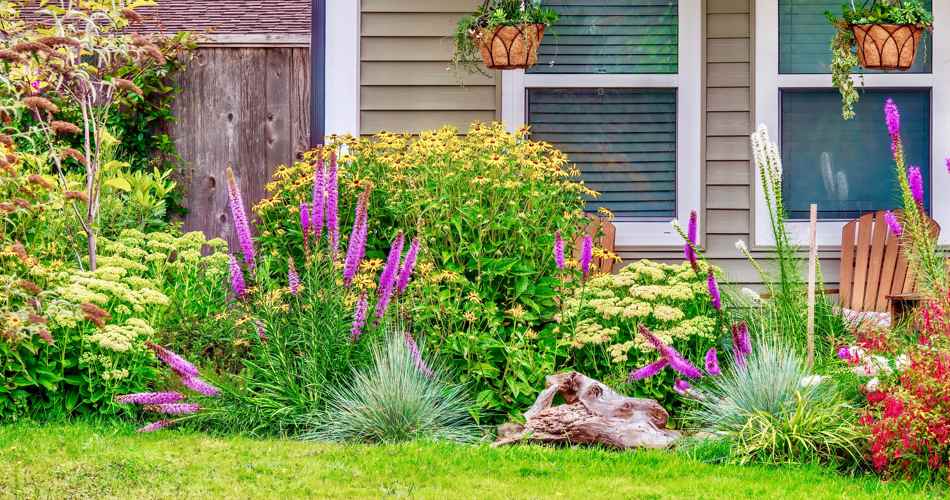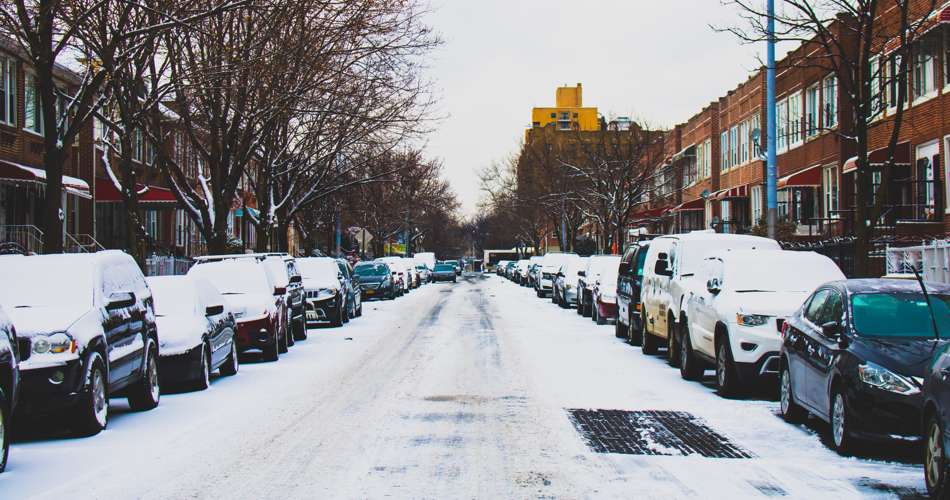This year, you put a lot of work into your garden. You tried some new things in the backyard and planted all sorts of veggies for your family to enjoy. Even though it’s still hot outside, the signs of cooler weather are in the air. Mornings are pleasant, a hint that autumn is right around the corner. Now’s the time to prepare your garden for fall and tend to cool-weather crops. So we’ve put together this gardener’s to-do list for you!
In July, you planted cool-weather crops like radishes, spinach and lettuce varieties, and now you watch and wait to harvest them before the first winter frost. In the meantime, you can start to prepare your garden for winter. It’s time to remove all the spent plants and get in the last crop before the first frost.
This is also the nicest time of year to be outdoors working in your vegetable garden. Warm, sunny days without the intense heat of summer make gardening an enjoyable pastime.
Prune Perennial Plants
For perennial vegetables and fruits such as asparagus, artichokes and berries, cut them back for the winter and cover them with a thick layer of mulch or straw. Pruning these plants will help prevent rot and frost damage during the cold months.
Herbs won’t make it through the winter, so now is the time to dig up a few of each and pot them indoors. That way, you’ll have oregano and dill throughout the cold months and can transplant your herbs to the garden in the spring.
Clear Spent Plants and Amend the Soil
August is prime time to prune, weed and fertilize. Harvest the last of the tomatoes, cucumbers and squash, and then remove summer plantings from the vegetable garden. They’re nothing but a drain on the soil now, and you want to keep as many nutrients in the soil as you can.
Amend the soil by digging in compost and manure, and you’re ready to plant your winter crop. If you use fertilizer, now is also the time to add it to the soil.

Add Starter Plants to the Garden
It’s best to start your broccoli, cabbage and cauliflower indoors so that they’ll be well-established by the time you plant them. Another way to extend the growing season for these cold-weather crops is to use a cold frame, which can be as simple as a bottomless wooden box with a glass top. To maximize the light, vary the heights on each side to angle the glass toward the sun.
Plant Root Vegetables
It’s time to plant your root vegetables and bulbs. Use a thermometer to make sure that the soil temperature is 60 degrees at four inches beneath the surface. Sow seeds for carrots, and you’ll be able to harvest baby carrots before the cold sets in. Of course, you can let them mature if you decide to go with a cold frame setup. Garlic can be planted now, and radishes are quick-growing and do well in a fall garden.

Water and Mulch
After you’ve pruned, cleared and planted, the best way to give your fall vegetables a good start is to water them generously and add a thick layer of mulch. Well-turned compost is an excellent choice for mulch, especially at this time of year. It’s full of nutrients that will help your crop grow quickly and beat the frost. Some gardeners use plastic sheeting with holes cut for each plant for extra warmth.
Enjoy the Winter Vegetable Bounty
After you complete your August gardening chores, the payoff will be fresh veggies well into the autumn. The amended soil will pay off year-round, and you’ll have herbs through the winter with your collection of indoor potted herbs. In the spring, your neatly pruned perennials will do well because of your care in August. It’s worth the time and effort to complete your to-do list for August, and you’ll reap the rewards.









0 Comments